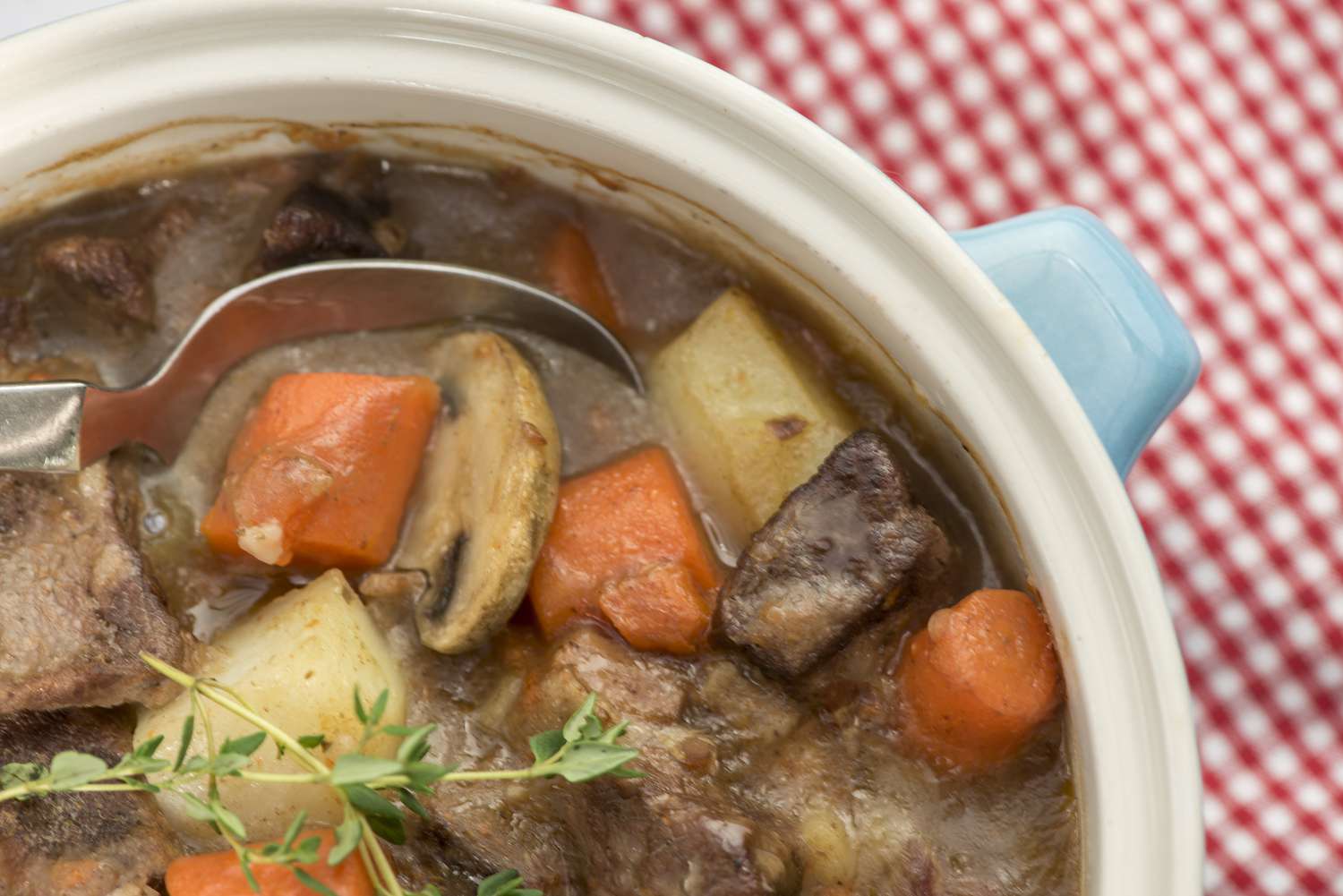

Articles
How To Store Slow Cooker Leftovers
Modified: August 28, 2024
Discover the best way to store slow cooker leftovers with our helpful articles. Keep your meals fresh for longer and reduce food waste.
(Many of the links in this article redirect to a specific reviewed product. Your purchase of these products through affiliate links helps to generate commission for Storables.com, at no extra cost. Learn more)
Introduction
Leftovers from a delicious slow cooker meal can be just as satisfying the next day. However, knowing how to properly store and reheat your slow cooker leftovers is crucial to maintain their flavor, texture, and safety. Whether you’re meal prepping for the week or simply wanting to save some of that delectable stew or pot roast for later, following these steps will ensure that your leftovers are stored properly and taste just as good as when they were first cooked.
Not only will properly storing your slow cooker leftovers keep them fresh, it will also reduce food waste and save you time and money. By taking a few extra minutes to package and store your leftovers correctly, you can enjoy them for days to come without sacrificing quality.
In this article, we will walk you through a step-by-step guide on how to store your slow cooker leftovers to maximize their longevity and taste. From choosing the right storage containers to reheating them properly, we’ve got you covered. Let’s get started!
Key Takeaways:
- Maximize the longevity and flavor of your slow cooker leftovers by choosing the right storage containers, allowing them to cool, and properly labeling and dating them for easy organization and safe consumption.
- Enjoy the convenience of delicious slow cooker meals for days to come by reheating your leftovers using the appropriate method and ensuring they reach a safe internal temperature for maximum flavor and food safety.
Step 1: Choose the Right Storage Containers
The first step in storing your slow cooker leftovers is to select the right storage containers. Opting for the correct containers will help maintain the quality of your food and prevent any leakage or contamination.
When choosing storage containers for your leftovers, consider the following tips:
- Use airtight containers: Look for containers with secure lids that create a tight seal. This will help preserve the freshness and flavor of your leftovers.
- Choose BPA-free containers: Bisphenol A (BPA) is a chemical commonly found in plastic containers. To ensure the safety of your food, select BPA-free containers that are labeled as microwave-safe and freezer-safe.
- Use glass containers: If possible, opt for glass containers instead of plastic ones. Glass is non-reactive and won’t absorb any odors or flavors from your leftovers. It is also easier to clean and can be used in the oven for reheating.
These are some popular container options:
- Glass containers with locking lids: These containers are perfect for storing your slow cooker leftovers. They are sturdy, microwave-safe, and can be easily stacked in your refrigerator or freezer.
- Mason jars: Mason jars are a versatile option for individual servings or smaller portions of leftovers. They don’t take up much space and are great for meal prepping.
- Reusable silicone bags: If you’re looking for an eco-friendly option, consider using reusable silicone bags. They are freezer-safe, leakproof, and can be easily cleaned and reused.
Remember to choose containers that are appropriate for the quantity of leftovers you have. A container that is too large will leave excess air in the container, which can promote bacterial growth and lead to spoilage. On the other hand, a container that is too small may not provide enough room for your food to expand, potentially causing the container to crack in the freezer.
Now that you’ve selected the right storage containers, it’s time to move on to the next step: allowing your leftovers to cool.
Step 2: Allow the Leftovers to Cool
Before you start packaging your slow cooker leftovers, it is important to allow them to cool down to room temperature. This step is essential to prevent moisture buildup and the growth of harmful bacteria.
Here are a few reasons why you should let your leftovers cool:
- Safety: Hot food that is stored in a sealed container can create a warm environment that promotes bacterial growth. Allowing the food to cool down before packaging reduces this risk.
- Preventing condensation: If you seal hot food in a container, the steam created by the heat can turn into condensation, leading to a loss of flavor and texture. Cooling the food allows any excess moisture to evaporate.
- Reducing the risk of thermal shock: Placing hot food directly into the refrigerator or freezer can cause a sudden change in temperature, potentially damaging the container or causing the food to spoil. Allowing the food to cool gradually minimizes this risk.
To cool your slow cooker leftovers properly, follow these steps:
- Switch off the slow cooker: Once your meal is fully cooked, turn off the slow cooker and unplug it from the power source.
- Remove the inner pot: Take out the inner pot of the slow cooker and place it on a heat-resistant surface like a trivet or a cooling rack.
- Allow the food to cool: Let the food cool naturally at room temperature. Avoid placing it in direct sunlight or near any heat sources.
- Stir occasionally: To speed up the cooling process, gently stir the food occasionally. This helps to distribute heat evenly and facilitates cooling.
It’s generally recommended to cool your slow cooker leftovers within two hours of cooking. This helps to maintain food safety standards and prevents the growth of harmful bacteria.
Once your leftovers have cooled down, it’s time to move on to the next step: packaging them properly to maintain their freshness and flavor.
Step 3: Package the Leftovers Properly
Properly packaging your slow cooker leftovers is essential to maintain their quality, prevent freezer burn, and ensure food safety. By following these guidelines, you can keep your leftovers fresh and ready to enjoy.
Here’s how to package your slow cooker leftovers:
- Divide into portion-sized servings: If you have a large batch of leftovers, divide them into individual or family-sized portions. This makes it easier to defrost and reheat only what you need.
- Use appropriate containers: Transfer the cooled leftovers into your selected airtight storage containers. Make sure to leave some headspace to allow for expansion if freezing.
- Wrap with plastic wrap: For extra protection, cover the containers with a layer of plastic wrap before sealing them with the lid. This helps to prevent freezer burn and keeps the food fresh for longer.
- Vacuum seal (optional): If you have a vacuum sealer, consider vacuum sealing the containers for optimal freshness. This removes excess air and prevents freezer burn.
It’s worth noting that if you’re using glass containers, make sure they are oven-safe if you plan to reheat the leftovers directly in the container. Also, avoid transferring hot leftovers into plastic containers as this can cause the plastic to melt or release harmful chemicals.
If you prefer to save space in your freezer, you can also use freezer bags for packaging. Make sure to squeeze out as much air as possible before sealing the bags tightly.
Remember to only package your leftovers once they have cooled down completely. Hot food trapped in a closed container can create a breeding ground for bacteria and compromise the safety and quality of the food.
Once you’ve packaged your leftovers properly, it’s essential to label and date them to keep track of their freshness.
When storing slow cooker leftovers, make sure to transfer the food into airtight containers to maintain freshness and prevent any potential contamination. Store in the refrigerator for up to 3-4 days or freeze for longer storage.
Step 4: Label and Date the Containers
Labeling and dating your slow cooker leftovers is crucial for organization, food safety, and easily identifying what you have stored. By following this step, you’ll be able to keep track of the contents and ensure that you consume them before they expire.
Here’s how to label and date your containers:
- Use permanent markers: Grab a permanent marker and write the name of the dish on the lid or container. This will help you easily identify what’s inside without having to open each container.
- Add the date: Write the date of when the leftovers were prepared or stored. This will give you a clear indicator of how long the leftovers have been in the refrigerator or freezer.
Properly labeling and dating your containers will not only help you stay organized but also assist in managing food safety. It allows you to prioritize consuming older leftovers before they become less flavorful or potentially unsafe to eat.
Additionally, labeling your containers with the dish’s name eliminates the guessing game of what’s inside. This saves time and minimizes the chances of mistaking one dish for another.
Once you’ve labeled and dated your containers, it’s time to store your slow cooker leftovers in the refrigerator or the freezer.
Read more: How To Store Leftover Dough
Step 5: Store Leftovers in the Refrigerator
Properly storing your slow cooker leftovers in the refrigerator is crucial to maintain their freshness and prevent any bacterial growth. By following these guidelines, you can ensure that your leftovers stay safe to eat for an extended period.
Here’s how to store your leftovers in the refrigerator:
- Cool the leftovers: Make sure that your slow cooker leftovers have cooled down to room temperature before placing them in the refrigerator. Hot food can raise the temperature inside the refrigerator and potentially spoil other perishable items.
- Choose a suitable spot: Clear out a designated space in your refrigerator for the leftovers. Ideally, place them on a shelf where they won’t be disturbed or crushed by other items.
- Keep them covered: Ensure that your leftovers are stored in airtight containers to prevent any cross-contamination and to maintain their flavor and moisture. If using plastic wrap, make sure it tightly covers the container.
- Organize by date: Arrange your leftovers in the refrigerator by the date they were stored. Place the older containers towards the front, making them easily accessible and reminding you to consume them first.
It’s important to note that leftovers should only be stored in the refrigerator for a maximum of 3-4 days. After that, they may become less safe to consume due to potential bacterial growth.
If you have more leftovers than you can consume within that timeframe, consider freezing them for longer storage.
Now that you know how to store your leftovers in the refrigerator, let’s move on to the final step: reheating!
Step 6: Reheating Slow Cooker Leftovers
Reheating your slow cooker leftovers properly ensures that they are safe to eat and maintains their delicious taste. By following these steps, you can enjoy your saved meals without compromising on quality.
Here’s how to reheat your slow cooker leftovers:
- Thaw frozen leftovers: If you have stored your leftovers in the freezer, thaw them overnight in the refrigerator before reheating. This helps to ensure even reheating and prevents any potential foodborne illnesses.
- Select the appropriate method: The method you choose for reheating depends on the type of leftovers. Here are a few commonly used methods:
- Microwave: The microwave is a convenient option for reheating smaller portions of leftovers. Place the leftovers in a microwave-safe container and heat in short intervals, stirring occasionally to ensure even distribution of heat.
- Oven: For larger portions or dishes that you want to maintain their texture and integrity, opt for the oven. Preheat the oven to the appropriate temperature, place the leftovers in an oven-safe dish, and cover if needed. Reheat until the internal temperature reaches a safe level.
- Stovetop: Reheating on the stovetop is ideal for soups, stews, or sauces. Heat the leftovers in a saucepan over medium heat, stirring occasionally until heated through.
- Check the temperature: Regardless of the reheating method you choose, always use a food thermometer to check the internal temperature of the leftovers. Ensure it reaches 165°F (74°C) for safe consumption.
- Stir and mix: After reheating, give your leftovers a good stir or mix to distribute the heat evenly. This helps to avoid any cold spots and ensures a consistent temperature throughout.
It’s important to note that leftovers should only be reheated once. Repeatedly reheating and cooling food can increase the risk of foodborne illnesses.
Once your leftovers are reheated and safe to eat, enjoy them knowing that you’ve achieved maximum flavor and quality!
To conclude, by following these six steps, you can properly store and reheat your slow cooker leftovers to prolong their freshness, maintain their taste, and ensure food safety. Remember to choose suitable containers, allow the leftovers to cool, package them properly, label and date the containers, store them in the refrigerator or freezer accordingly, and reheat them using the appropriate method. By implementing these practices, you can fully enjoy your slow cooker meals even after they have been cooked!
Conclusion
Knowing how to store and reheat slow cooker leftovers is essential in order to maximize their longevity, maintain their flavor, and ensure food safety. By following the steps outlined in this article, you can confidently store your leftovers and enjoy them in the days to come.
From choosing the right storage containers to properly labeling and dating your leftovers, each step plays a crucial role in maintaining the quality and freshness of your food. Allowing the leftovers to cool, packaging them properly, and storing them in the refrigerator or freezer with care are important practices to prevent spoilage and keep your food safe to consume.
When it’s time to enjoy your saved meals, reheating them correctly is key. Whether you opt for the microwave, oven, or stovetop, ensuring that the leftovers reach a safe internal temperature is crucial for food safety.
By implementing these practices, you can reduce food waste, save time and money, and ensure that your slow cooker leftovers are just as delicious the second time around. Properly stored and reheated leftovers allow you to enjoy the convenience of quick and easy meals without sacrificing taste or quality.
So, the next time you indulge in a delectable slow cooker dish, remember these steps to store and reheat your leftovers. With a little extra effort, you can savor the flavors of your favorite slow cooker meals long after they’ve been originally made.
Now, go ahead and confidently store your slow cooker leftovers, knowing that you have the knowledge and skills to maintain their quality and enjoy them whenever you desire.
Frequently Asked Questions about How To Store Slow Cooker Leftovers
Was this page helpful?
At Storables.com, we guarantee accurate and reliable information. Our content, validated by Expert Board Contributors, is crafted following stringent Editorial Policies. We're committed to providing you with well-researched, expert-backed insights for all your informational needs.
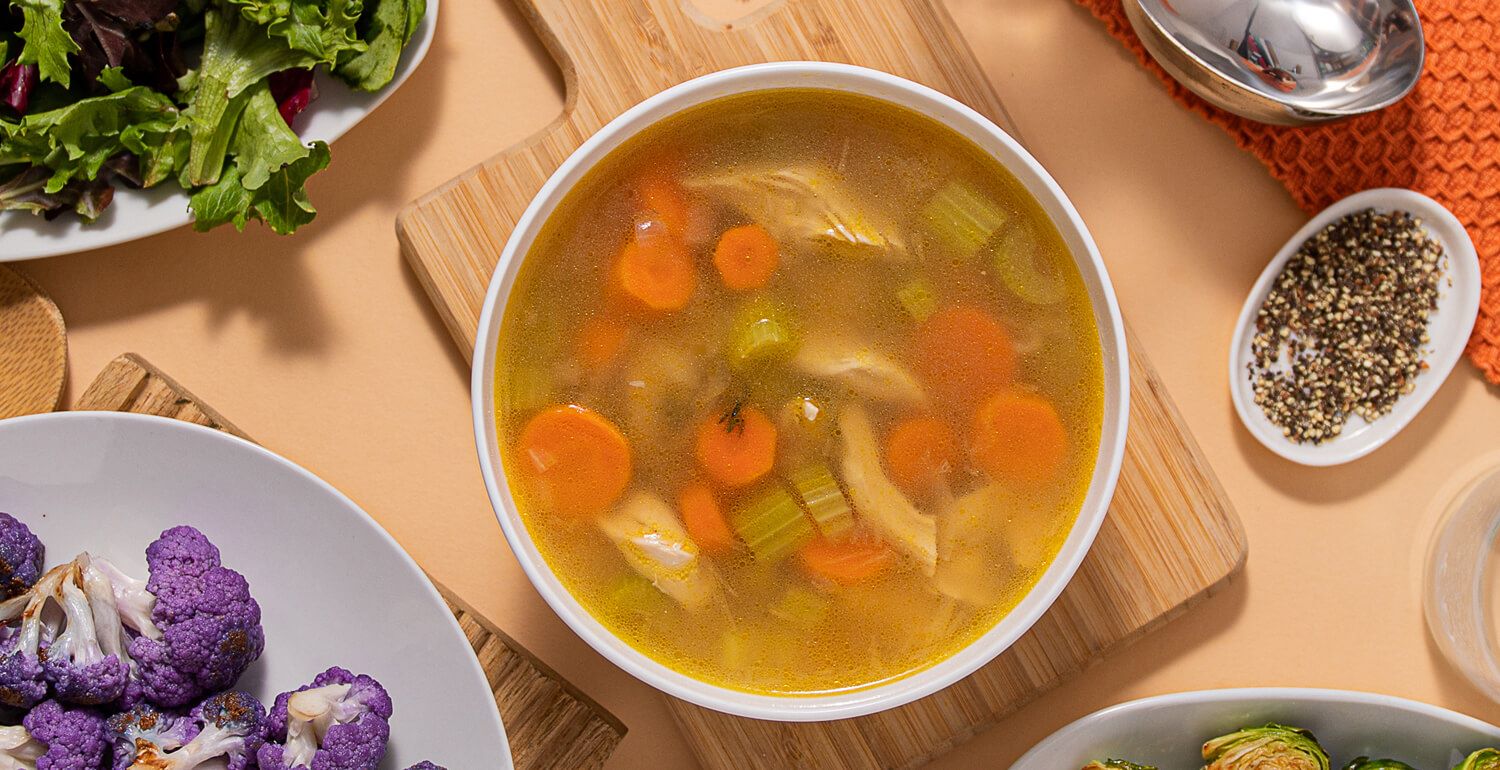

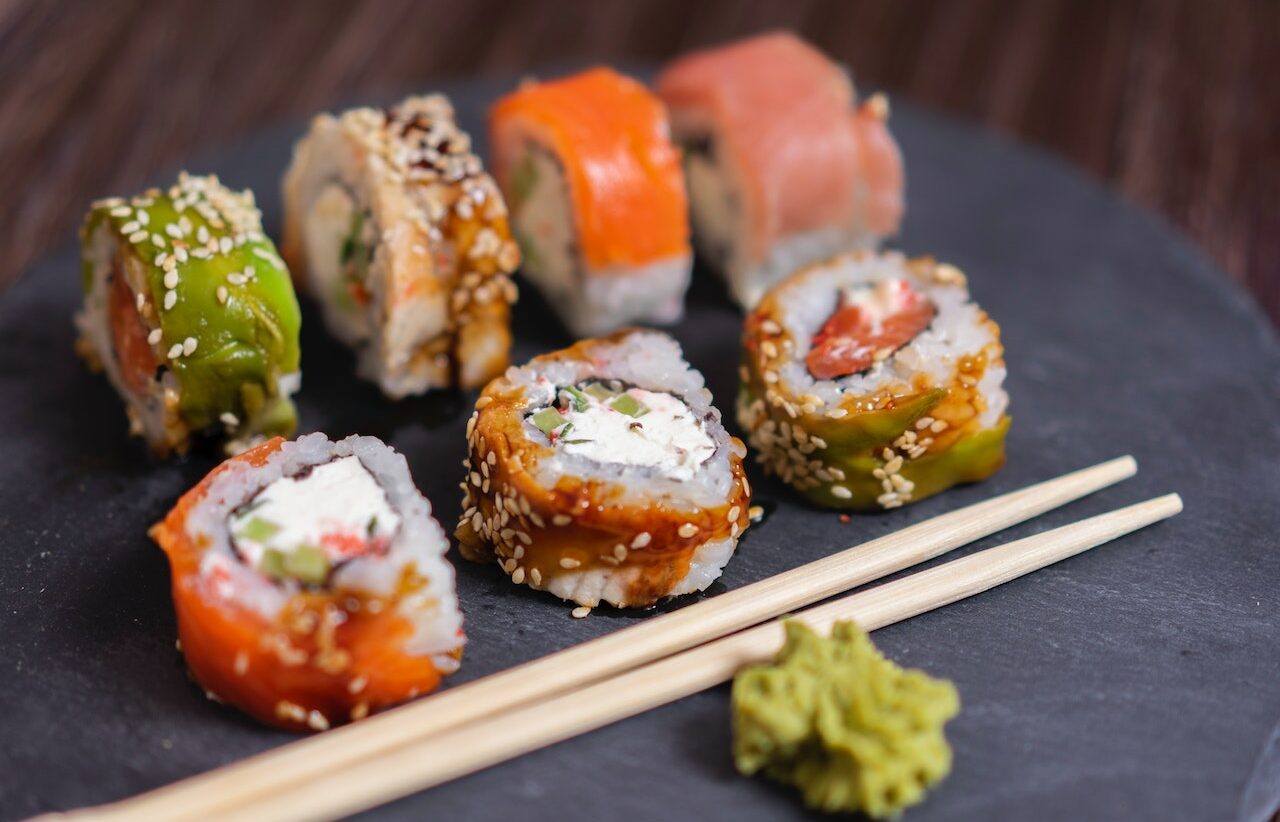
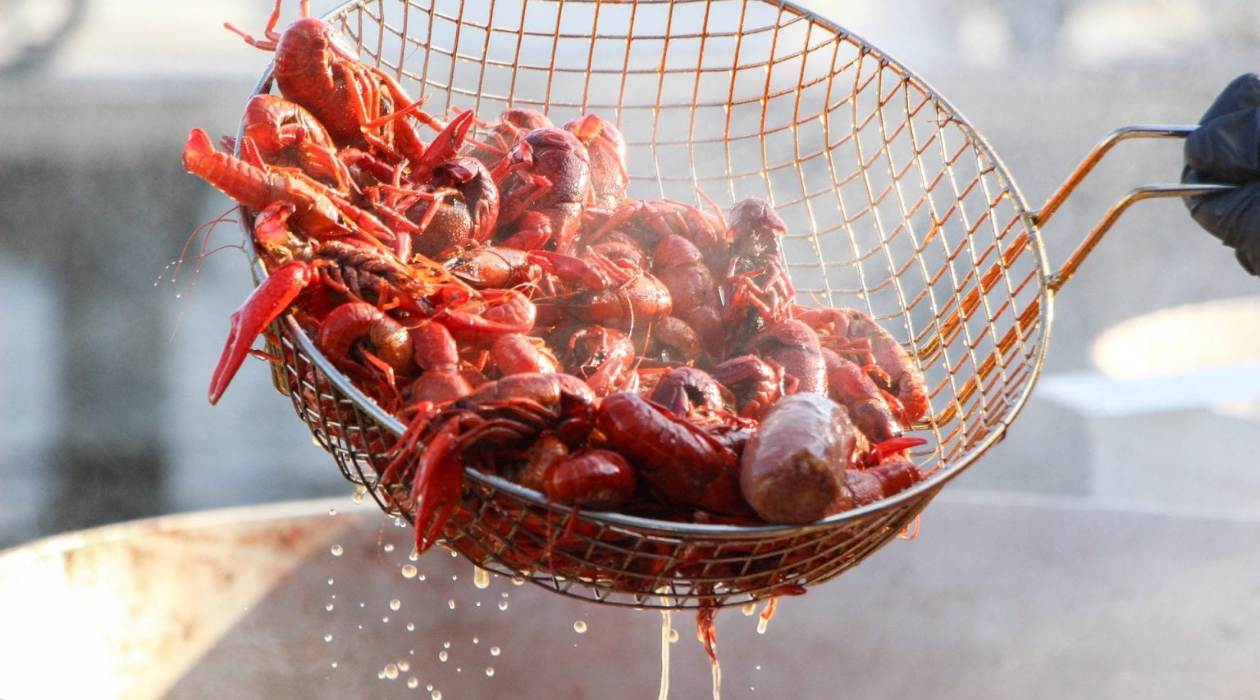
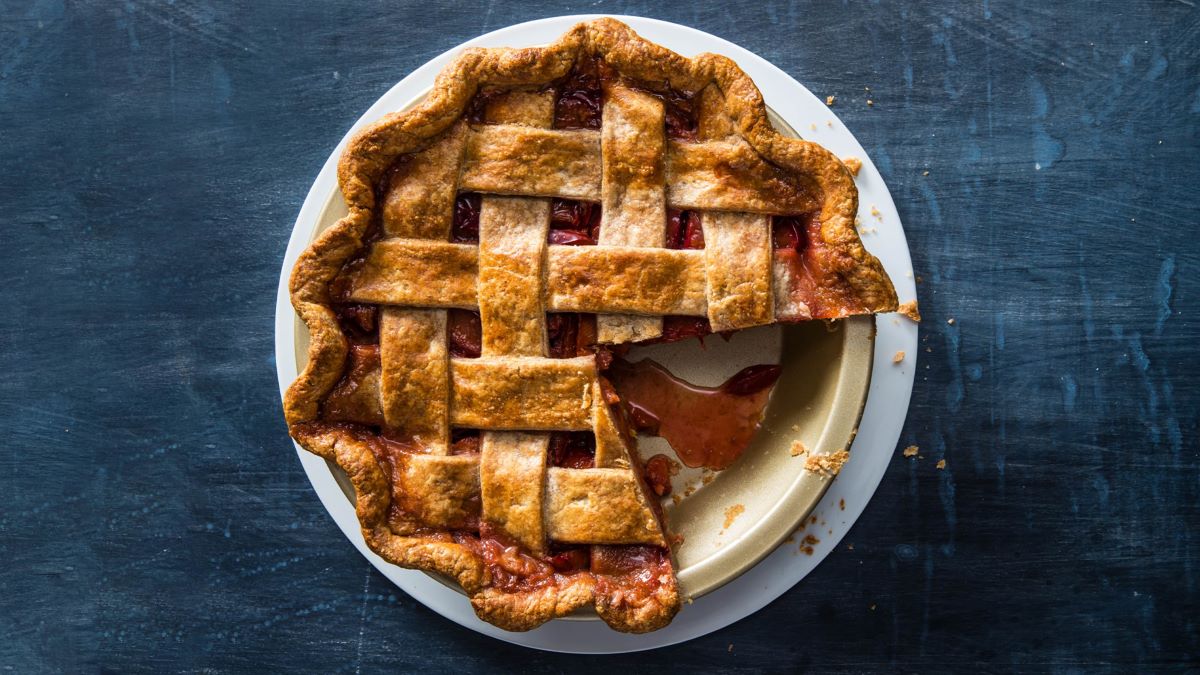
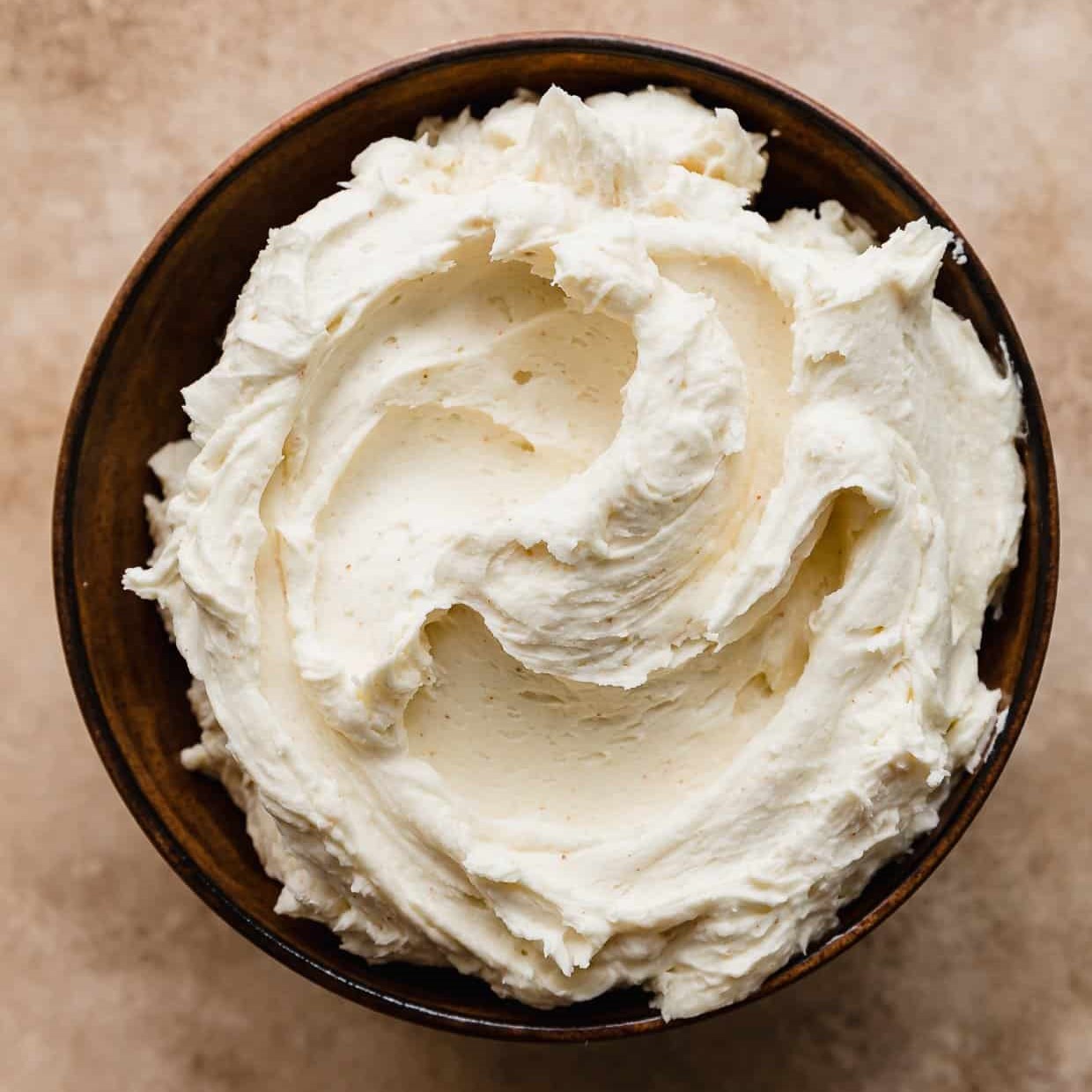
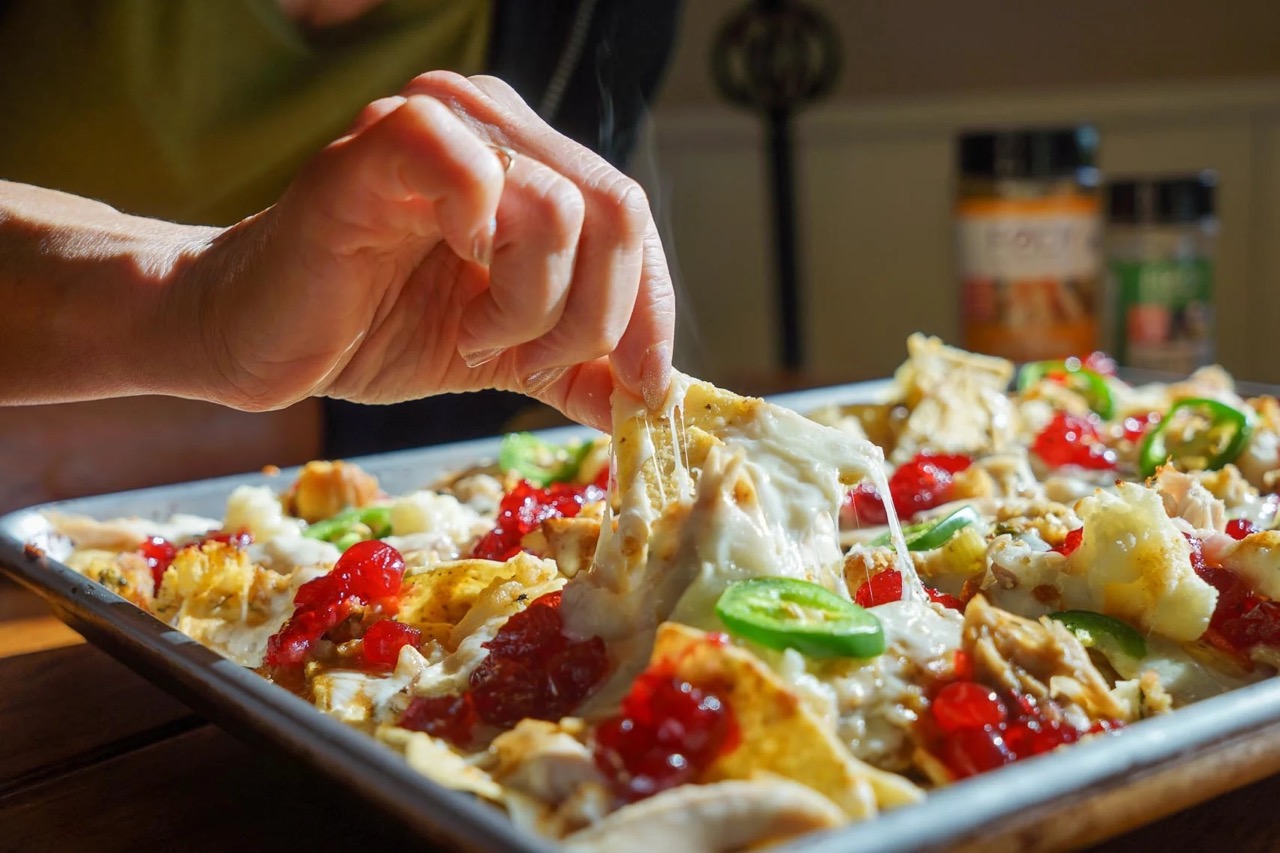
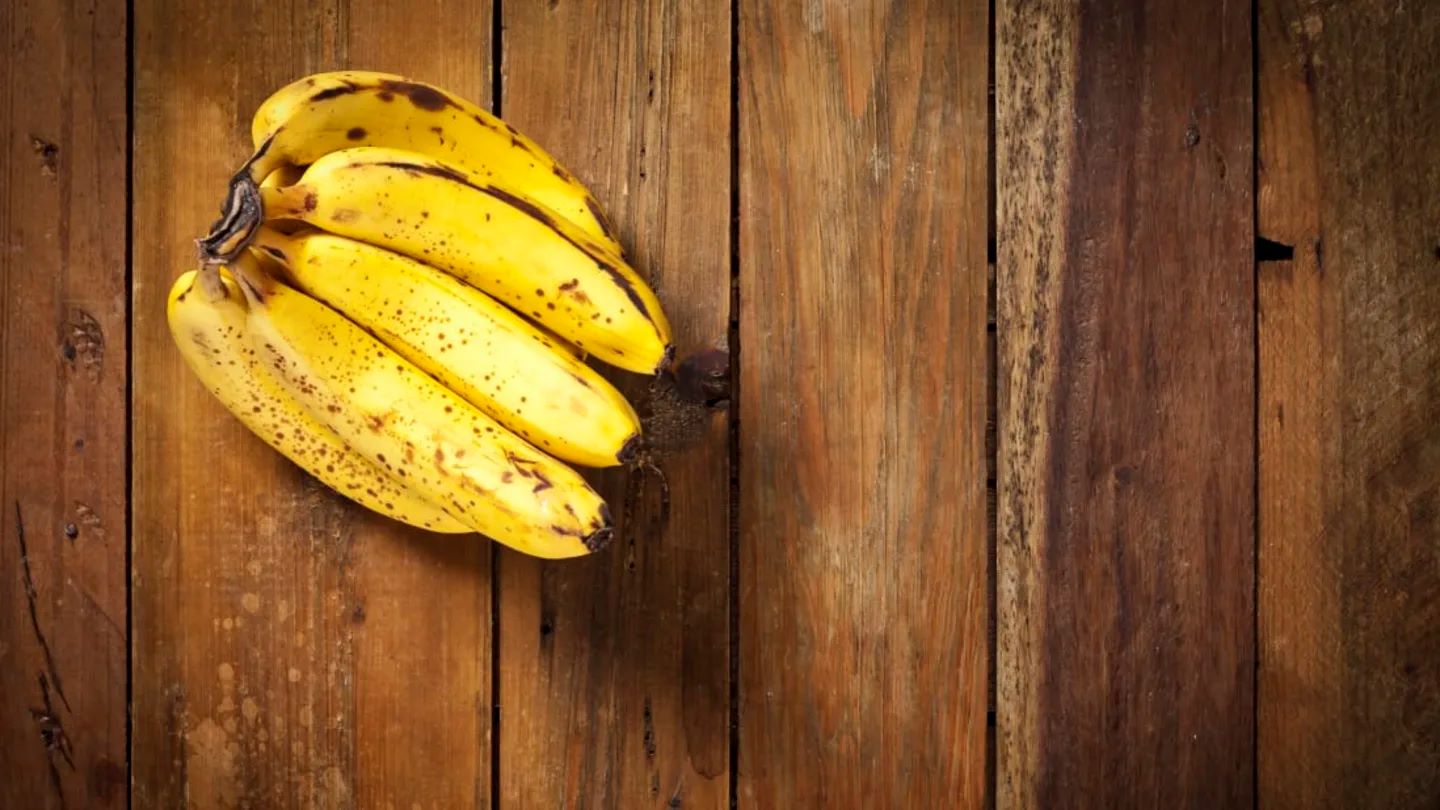
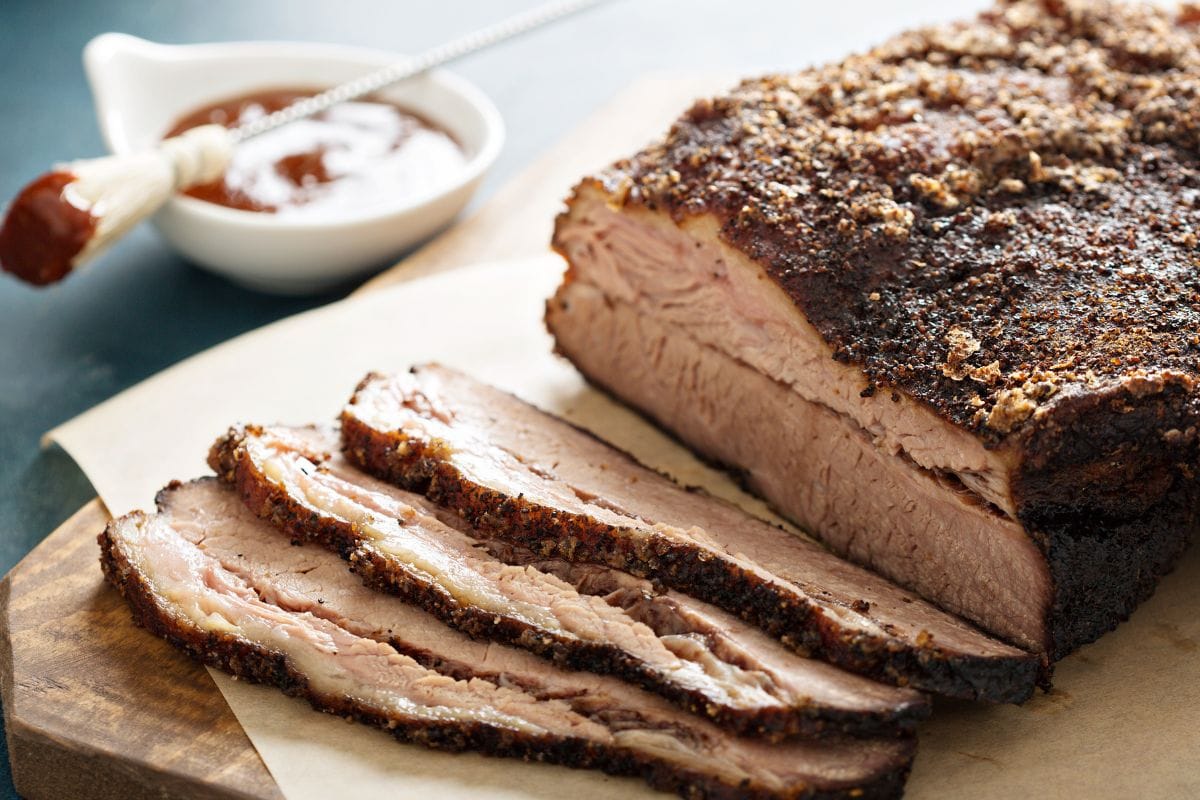
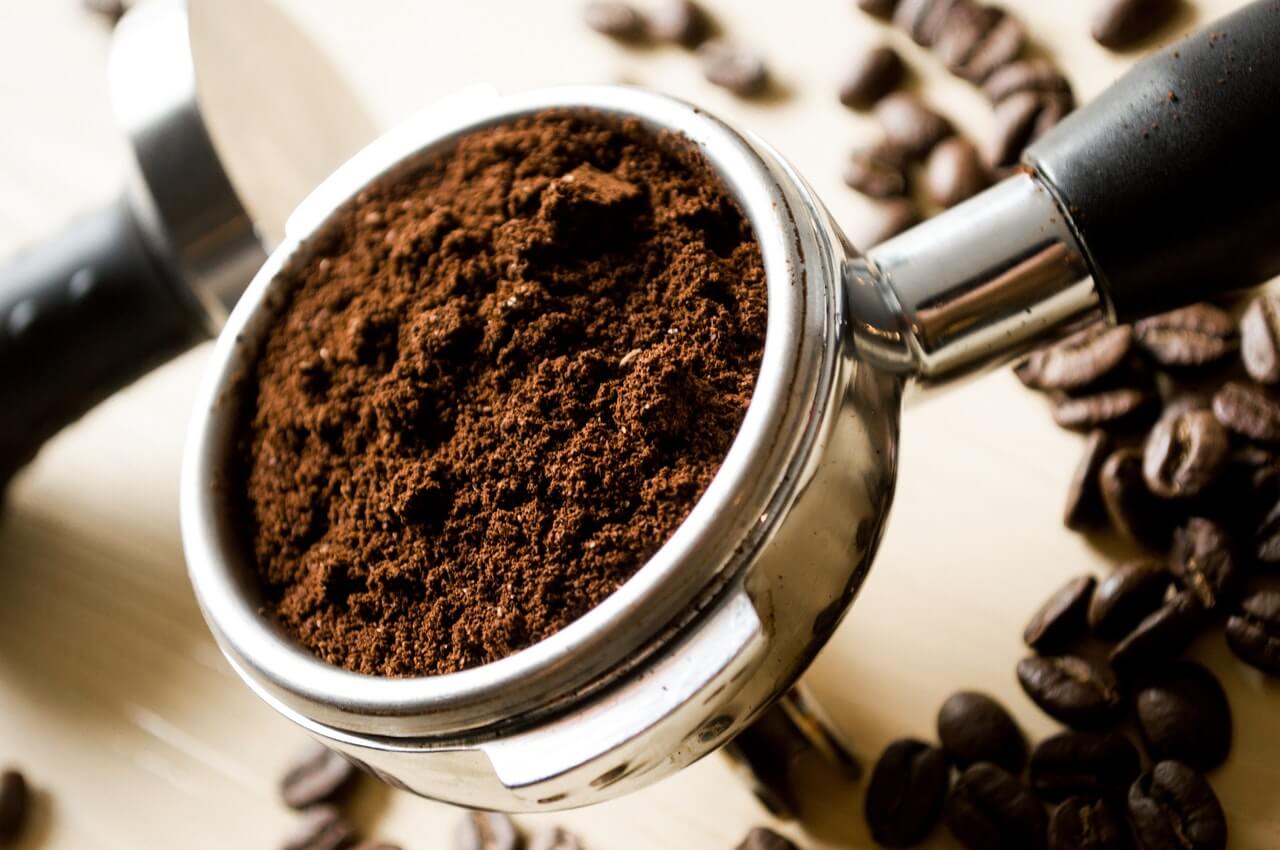
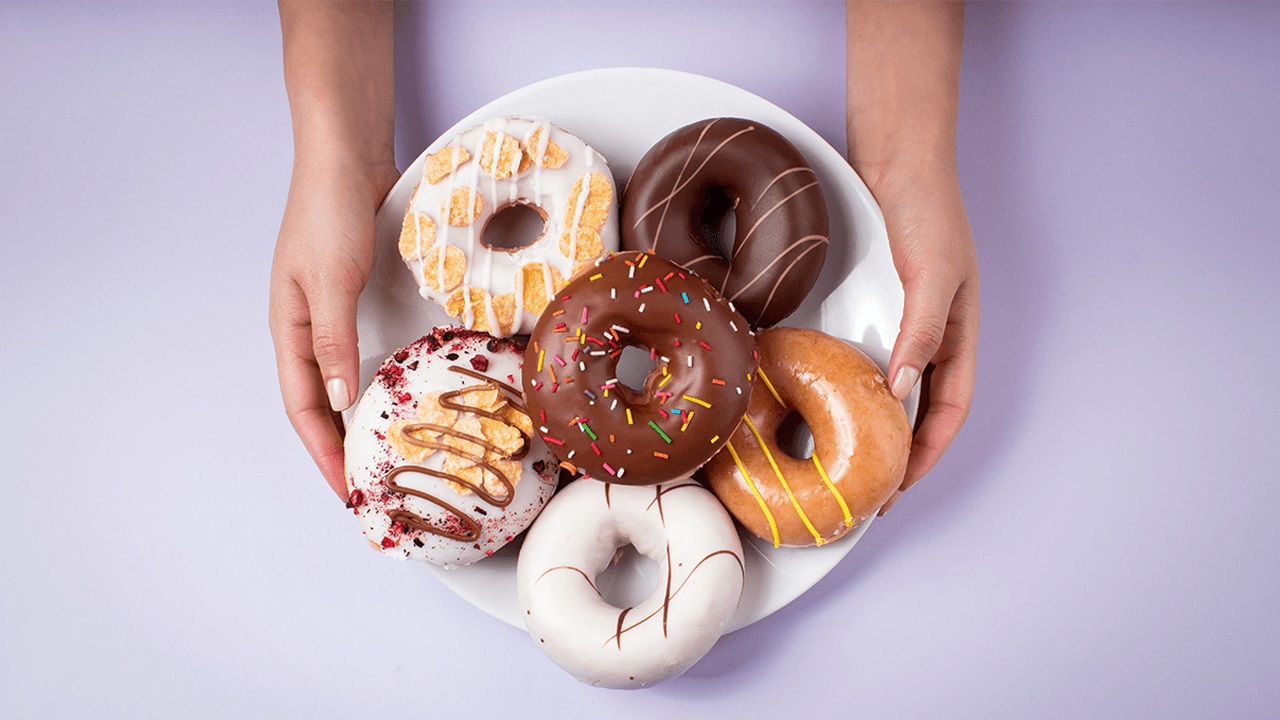
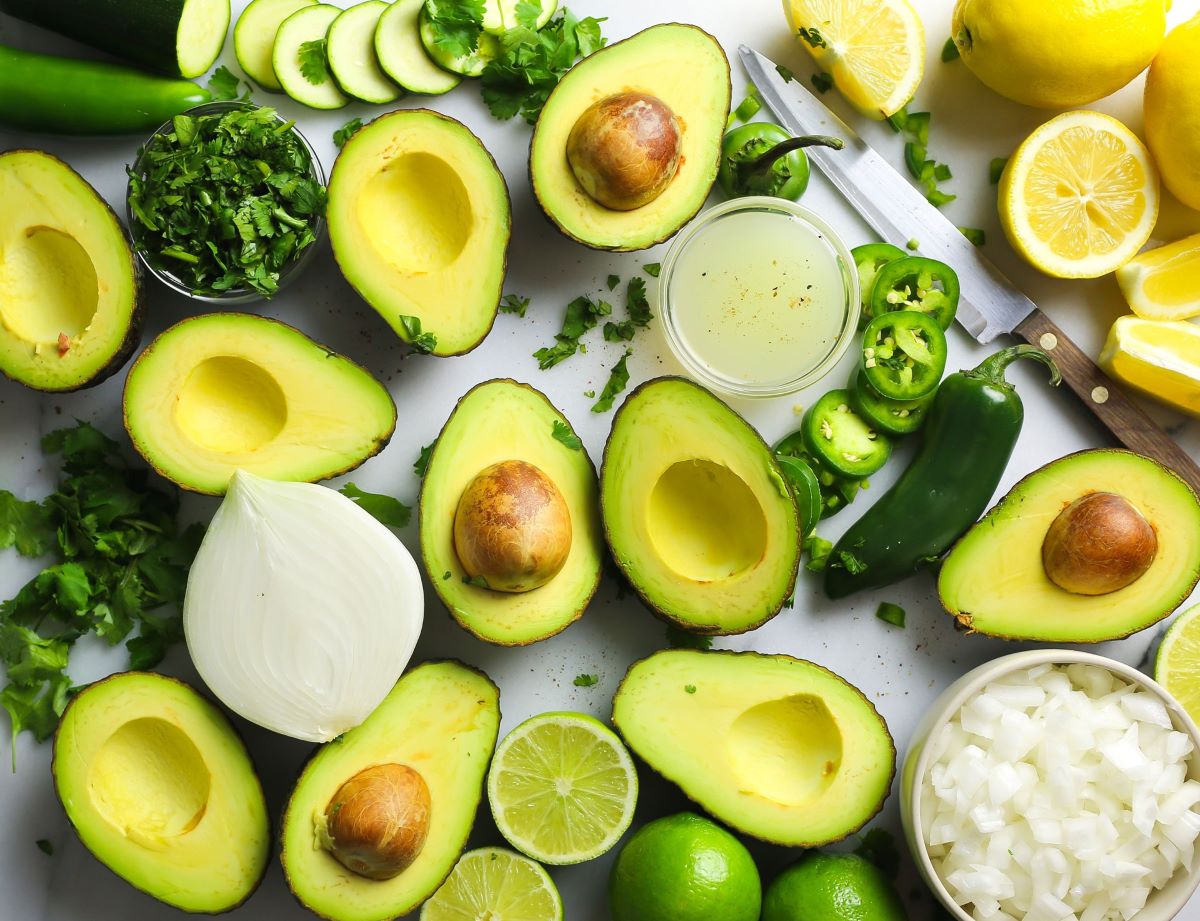
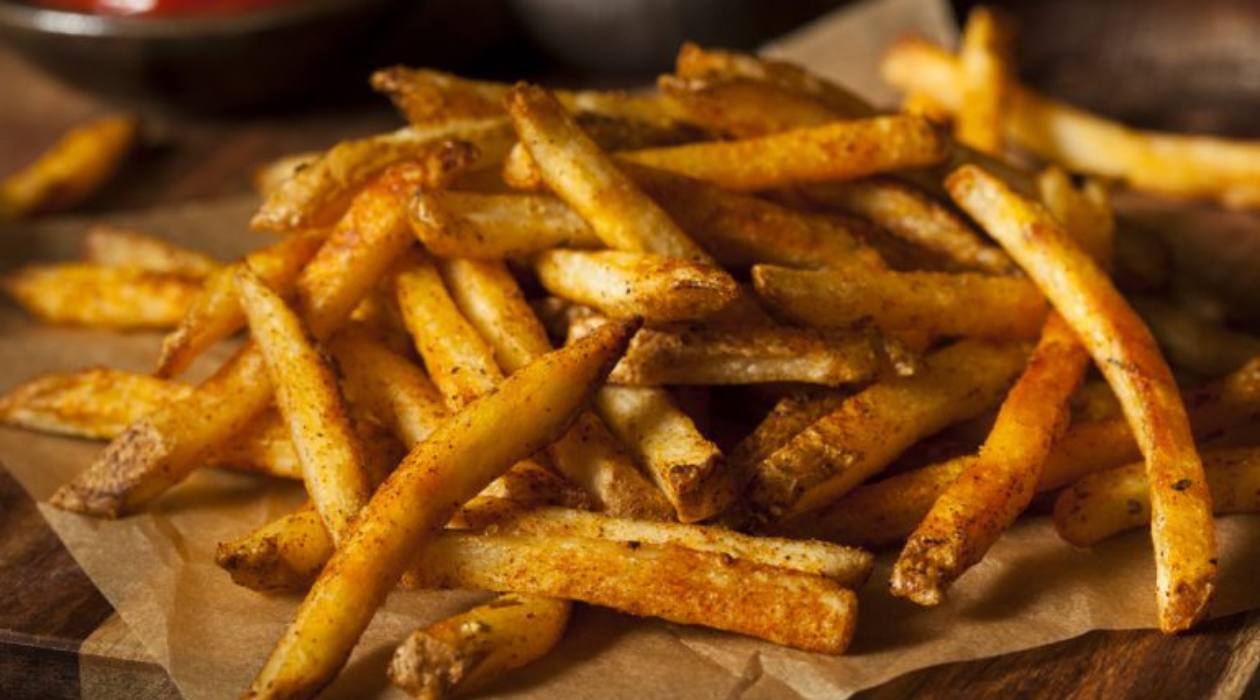
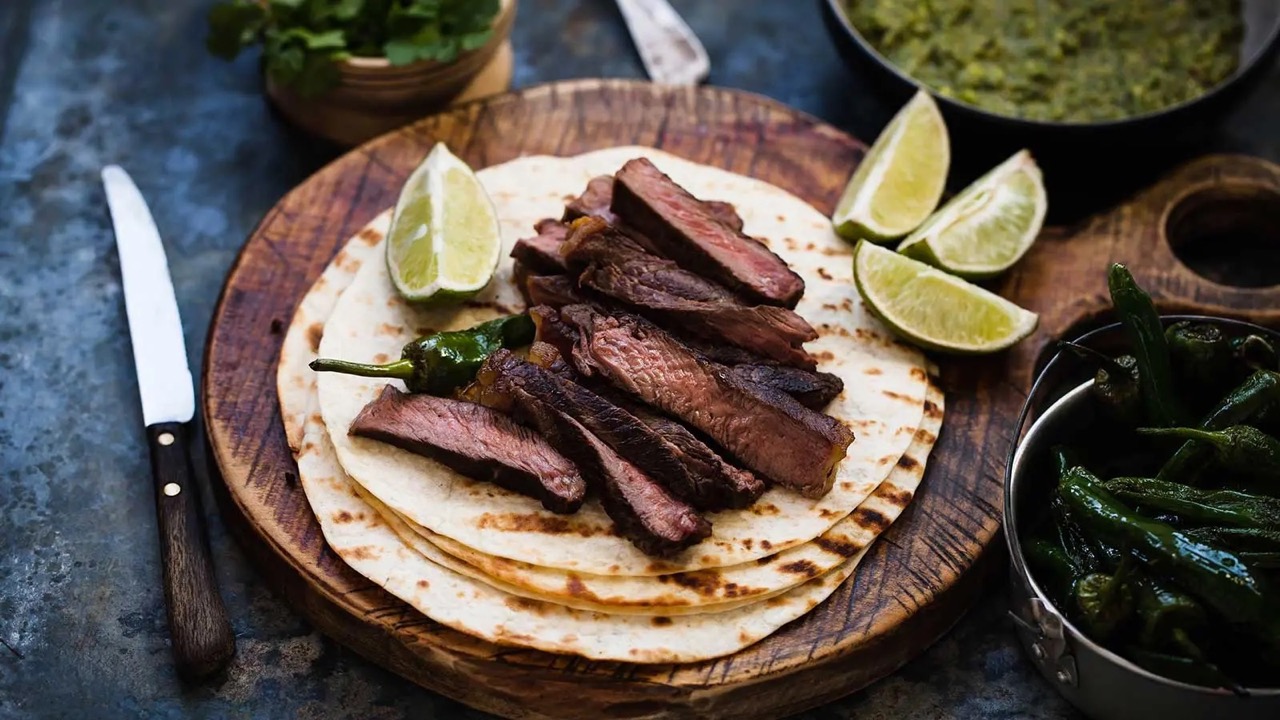

0 thoughts on “How To Store Slow Cooker Leftovers”